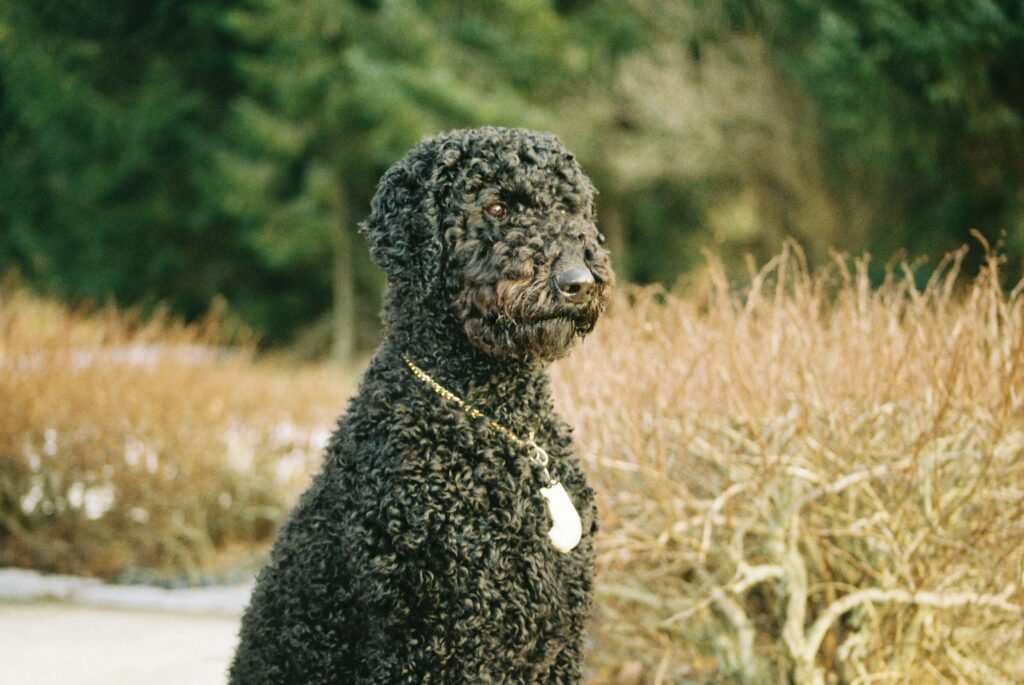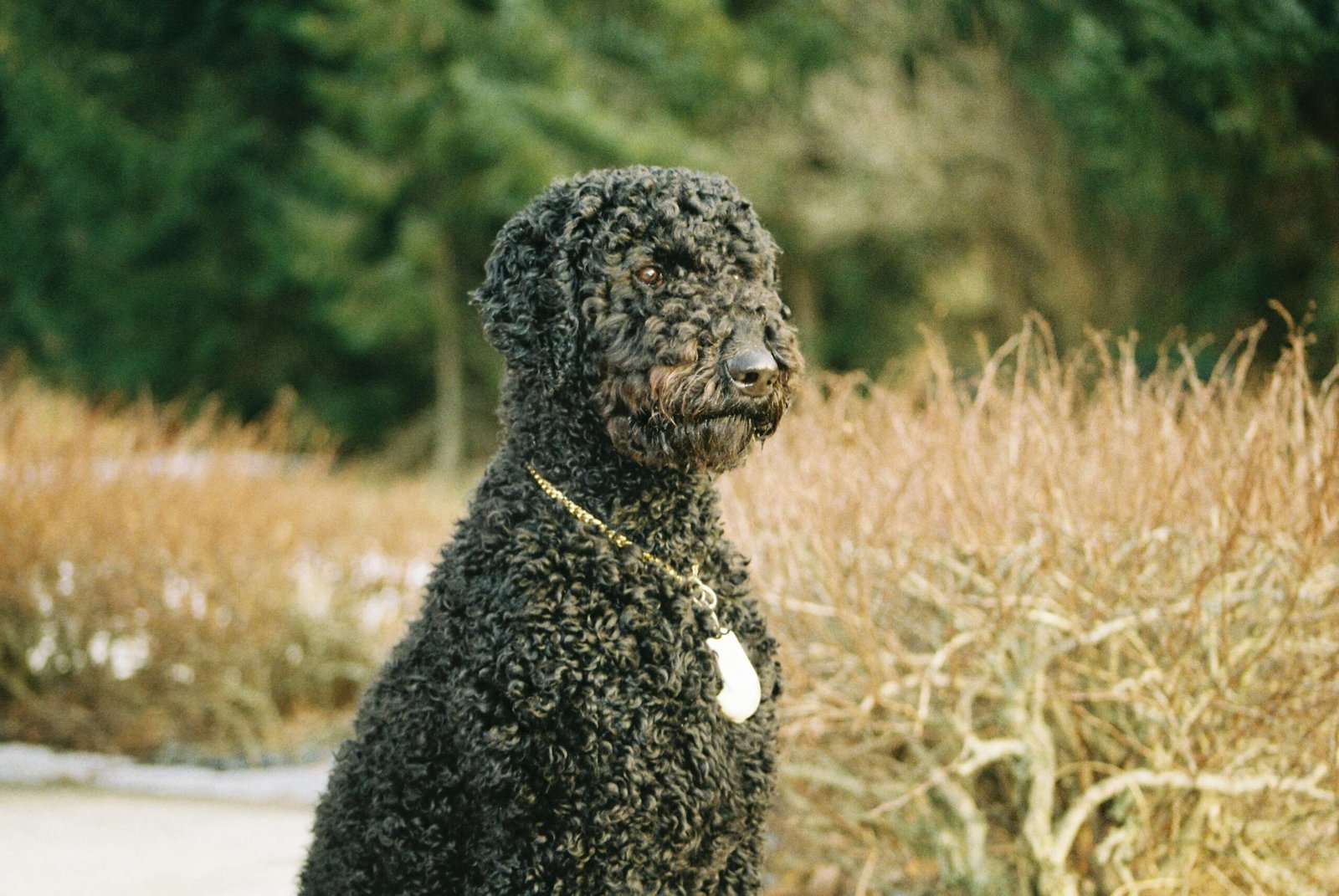Dog Neck Pain Home Treatment: Helping Your Furry Friend Feel Better
Neck pain in dogs can be distressing for both pets and their owners. Whether it’s caused by injury, arthritis, or an underlying health condition, recognizing and addressing your dog’s discomfort is essential for their well-being. The good news is that there are several effective home treatments you can try to help alleviate your dog’s neck pain. From gentle massage techniques to creating a comfortable resting environment, this guide will walk you through practical steps to support your furry friend. In this blog post, we’ll explore the signs of neck pain, safe home remedies, and when it’s time to consult a veterinarian. Let’s dive in and ensure your dog gets the care they deserve!
Recognizing Signs of Neck Pain in Dogs
The first step in treating your dog’s neck pain is identifying whether they are experiencing discomfort. Dogs can’t tell us when something hurts, so it’s crucial to observe changes in their behavior or physical movements. Here are some common signs that may indicate your dog is suffering from neck pain:
Difficulty Turning Their Head
If your dog seems reluctant to turn their head or only moves it in small increments, it could be a sign of neck pain.Limping or Stiff Movements
A stiff gait or limping, especially in the front legs, may suggest neck-related discomfort.Crying Out When Touched
Dogs in pain may vocalize when you touch their neck or shoulders, signaling sensitivity in the area.Changes in Posture
Hunched posture or holding their head lower than usual can indicate neck pain or stiffness.Reluctance to Jump or Climb
If your dog avoids jumping onto furniture or climbing stairs, neck pain might be the reason.
By paying attention to these signs, you can better understand your dog’s needs and take appropriate action. Early recognition is key to ensuring your dog feels better sooner rather than later.
Safe Home Remedies for Dog Neck Pain
Once you’ve identified that your dog is experiencing neck pain, there are several safe and effective home treatments you can try. These remedies focus on reducing inflammation, improving mobility, and providing comfort. Always start with gentle methods and monitor your dog’s response closely. Here are some options to consider:
Warm Compresses
Applying a warm, damp towel to the affected area can help relax tense muscles and improve blood flow.Gentle Massage
Use soft, circular motions around the neck and shoulder area to relieve tension and promote relaxation.Rest and Limited Activity
Encourage your dog to rest and avoid strenuous activities like running or playing until the pain subsides.Orthopedic Bedding
Provide a supportive bed that cushions their neck and spine, helping them rest more comfortably.Anti-Inflammatory Diet
Incorporate foods rich in omega-3 fatty acids, such as fish oil, to naturally reduce inflammation.
These home remedies can provide relief for mild cases of neck pain. However, if symptoms persist or worsen, it’s important to seek professional veterinary advice.
Check this guide 👉Understanding Dog Muscle Anatomy: Best 7 Health Tips!
Check this guide 👉Understanding Female Dog Anatomy: Best 7 Expert Tips!
Check this guide 👉Understanding Dog Stomach Anatomy: Best 7 Health Tips!

Mild Neck Pain Symptoms | Severe Neck Pain Symptoms |
|---|---|
Reluctance to turn the head | Inability to lift or move the head |
Occasional stiffness | Persistent limping or paralysis |
Mild discomfort when touched | Vocalizing loudly or whimpering |
Avoidance of certain activities | Loss of appetite or lethargy |
Temporary changes in posture | Visible swelling or deformity |
Preventing Future Neck Pain Episodes
Prevention is always better than cure, especially when it comes to your dog’s health. By taking proactive steps, you can reduce the likelihood of future neck pain episodes and keep your dog active and happy. Here are some preventive measures to incorporate into your routine:
Regular Exercise
Maintain a consistent exercise routine to strengthen your dog’s muscles and improve flexibility.Avoid Sudden Movements
Discourage activities that involve sudden jerking or twisting of the neck, such as rough play.Proper Leash Use
Use a harness instead of a collar to minimize strain on your dog’s neck during walks.Weight Management
Ensure your dog maintains a healthy weight to reduce stress on their joints and neck.Routine Check-Ups
Schedule regular vet visits to catch potential issues early and address them promptly.
By implementing these preventive strategies, you can help safeguard your dog against recurring neck pain and ensure their long-term well-being.
When to Seek Veterinary Care for Dog Neck Pain
While home treatments can be effective for mild cases, there are situations where professional veterinary care is necessary. Knowing when to consult a vet ensures your dog receives timely and appropriate treatment. Here are some scenarios that warrant immediate attention:
Sudden Onset of Severe Pain
If your dog suddenly shows extreme discomfort or inability to move, seek veterinary care right away.Visible Swelling or Bruising
Swelling or bruising around the neck area may indicate trauma or infection requiring medical intervention.Loss of Appetite or Energy
A drastic change in eating habits or energy levels can signal a more serious underlying issue.Paralysis or Weakness
Weakness or paralysis in the limbs often points to a neurological problem needing urgent diagnosis.Persistent Symptoms Despite Treatment
If home remedies fail to improve your dog’s condition after a few days, it’s time to consult a professional.
Recognizing these red flags ensures your dog gets the care they need before their condition worsens. Trust your instincts and prioritize their health.
Common Causes of Neck Pain in Dogs
Understanding the root cause of your dog’s neck pain is essential for effective treatment. Various factors can contribute to discomfort, ranging from injuries to underlying health conditions. Here are some common causes to consider:
Injury or Trauma
A fall, collision, or rough play can lead to sprains, strains, or fractures in the neck area.Arthritis
Degenerative joint disease, especially in older dogs, can cause chronic neck pain due to inflammation and stiffness.Disc Disease
Intervertebral disc disease (IVDD) can compress nerves in the neck, leading to significant discomfort.Infections
Bacterial or viral infections in the neck region may result in swelling and pain.Poor Posture During Sleep
Dogs that sleep in awkward positions or on unsupportive surfaces may experience temporary neck strain.
Identifying the cause of your dog’s neck pain can guide you toward the most appropriate treatment plan. Always consult a vet if you’re unsure about the source of the problem.
Exercises to Improve Neck Mobility
Gentle exercises can help improve your dog’s neck mobility and reduce stiffness. These activities should be introduced gradually and performed under supervision to avoid further injury. Here are some safe exercises to try:
Slow Head Turns
Encourage your dog to turn their head slowly from side to side by using treats as a guide.Nose-to-Ground Stretch
Place a treat on the ground and let your dog lower their head to reach it, promoting gentle stretching.Short Walks on Leash
Take your dog for short, controlled walks to encourage natural movement without overexertion.Range-of-Motion Movements
Gently guide your dog’s head up and down in a controlled manner to increase flexibility.Interactive Play with Soft Toys
Engage your dog in light play with soft toys to encourage natural neck movements.
These exercises can enhance your dog’s comfort and mobility over time. However, stop immediately if your dog shows signs of pain or discomfort during any activity.
Creating a Comfortable Recovery Environment
A supportive and stress-free environment plays a crucial role in your dog’s recovery from neck pain. Small adjustments to their living space can make a big difference in their healing process. Here are some tips for creating an ideal recovery setup:
Soft, Orthopedic Bedding
Provide a bed that offers ample cushioning and supports the neck and spine during rest.Quiet Rest Area
Designate a calm, quiet space where your dog can recover without distractions or disturbances.Limited Access to Stairs
Block off staircases to prevent your dog from climbing and aggravating their neck pain.Raised Food and Water Bowls
Use elevated bowls to reduce strain on your dog’s neck while eating or drinking.Temperature Control
Keep your home at a comfortable temperature to prevent muscle stiffness caused by cold drafts.
By optimizing your dog’s environment, you can speed up their recovery and minimize discomfort. A little effort goes a long way in ensuring your furry friend feels safe and supported during their healing journey.
Frequently Asked Questions About Dog Neck Pain
Can I give my dog over-the-counter pain medication?
No, human medications like ibuprofen or acetaminophen can be toxic to dogs. Always consult a vet before administering any medication.
How long does it take for neck pain to resolve?
Mild cases may improve within a few days with rest and home care, but severe cases require professional treatment and may take longer.
Is neck pain common in older dogs?
Yes, senior dogs are more prone to neck pain due to conditions like arthritis or degenerative disc disease.
Can a poorly fitted collar cause neck pain?
Yes, collars that are too tight or used improperly can strain the neck, leading to discomfort.
Are certain breeds more prone to neck pain?
Breeds with long backs, such as Dachshunds, are at higher risk for spinal and neck issues due to their anatomy.
Supporting Your Dog Through Neck Pain
Dog neck pain home treatment starts with understanding the signs, implementing safe remedies, and knowing when to seek professional help. By staying observant and proactive, you can ensure your dog remains comfortable and pain-free. Whether it’s through gentle massages, warm compresses, or preventive measures like proper leash use, every effort counts toward improving their quality of life. Remember, your dog relies on you to advocate for their health, so trust your instincts and prioritize their well-being. With the right care and attention, your furry companion will be back to wagging their tail in no time!
Why Is My Cats Second Eyelid Showing? Best 7 Expert Tips! Understand causes, health signs, and how to respond when your cat’s third eyelid becomes visible.
How Do I Know If My Cat Died Peacefully? Best 7 Expert Tips! Discover the quiet signs of a peaceful feline passing and find comfort in their final moments.
Cat Allergy Eyes: Best 7 Expert Tips! Discover why your eyes react to cats and learn proven strategies for relief—without giving up your feline friend.
Why Do Abyssinian Cat Colors Matter? Best 7 Expert Tips! Discover the genetics, rare hues, and care secrets behind Abyssinian coat colors for a healthier, happier cat.





